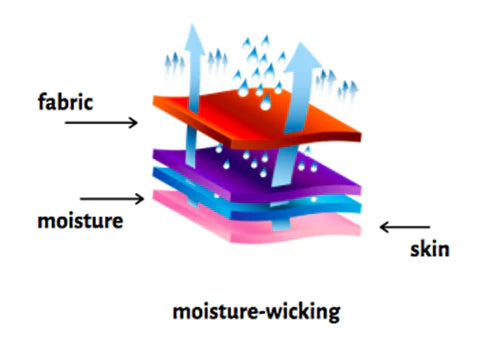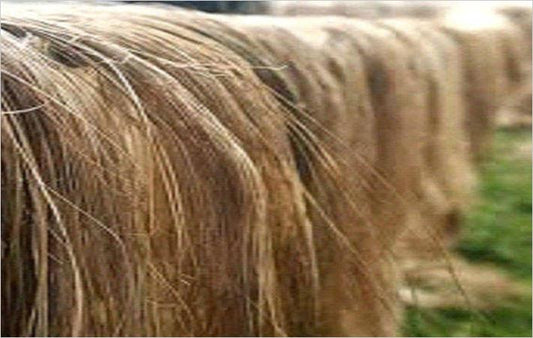Wicking is a process that involves the movement of moisture away from the skin to the outer layer of a fabric where it can evaporate. This technology is commonly used in activewear and performance clothing to help keep the wearer dry and comfortable during physical activity.
1. Moisture Management
One of the key benefits of wicking is its ability to effectively manage moisture. By drawing sweat away from the skin, wicking fabrics help to regulate body temperature and prevent the build-up of moisture that can lead to discomfort and chafing.
2. Quick Drying
Wicking fabrics dry quickly due to their ability to transport moisture to the surface of the fabric where it can evaporate. This quick drying feature is especially beneficial for athletes and outdoor enthusiasts who need to stay dry and comfortable during intense physical activity.
3. Odor Control
Wicking fabrics are often treated with antimicrobial agents that help to control odor-causing bacteria. By keeping the skin dry and reducing the growth of bacteria, wicking fabrics can help to prevent unpleasant odors from developing, even after prolonged wear.
4. Comfort and Performance
Wicking fabrics are designed to enhance comfort and performance during physical activity. By keeping the skin dry and reducing friction, wicking fabrics can help to prevent chafing and irritation, allowing the wearer to focus on their performance without distractions.
Overall, the benefits of wicking make it a popular choice for activewear and performance clothing. Whether you're hitting the gym, going for a run, or simply looking for comfortable everyday wear, wicking fabrics can help you stay dry, comfortable, and odor-free throughout the day.




